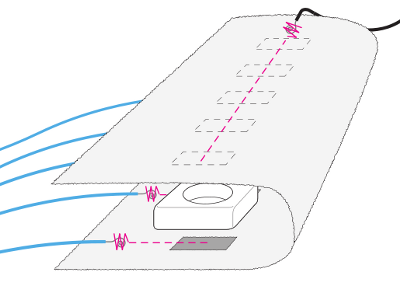Jueves 30 de septiembre
Viernes 1 y Sábado 2 de octubre de 2010
Costo: $1,200.00 / $950.00 si has tomado más de 3 talleres en Amarillo
Viernes 1 y Sábado 2 de octubre de 2010
Costo: $1,200.00 / $950.00 si has tomado más de 3 talleres en Amarillo
Originaria de Santiago de los Caballeros, Sinaloa, María estudió en la Escuela Nacional de Pintura, Escultura y Grabado (La Esmeralda) en México, D.F.
Ha participado en diversas exposiciones colectivas e individuales entre las que destacan, 40 aniversario de la Galería José María Velasco, Narco Chic Narcochoc, Musée International Des Arts Modestes, Séte Francia, Cow Parade, Paseo de la Reforma, Banderita, Banderita, Banderita Tricolor
yo te quiero y te venero con todo el corazón, Zócalo, D.F. y Por medio de la Presente, pintura, gráfica, arte-objeto e instalación, Viena, Varsovia, Berlín, Portugal, Sudáfrica y Marruecos.
Entre los premios que ha recibido se encuentra el Apoyo Fomento a Proyectos y Coinversiones Culturales. CONACULTA-FONCA, Creadores con Trayectoría, Mención Honorífica en la III Bienal de Monterrey.
Ha participado en diversas exposiciones colectivas e individuales entre las que destacan, 40 aniversario de la Galería José María Velasco, Narco Chic Narcochoc, Musée International Des Arts Modestes, Séte Francia, Cow Parade, Paseo de la Reforma, Banderita, Banderita, Banderita Tricolor
yo te quiero y te venero con todo el corazón, Zócalo, D.F. y Por medio de la Presente, pintura, gráfica, arte-objeto e instalación, Viena, Varsovia, Berlín, Portugal, Sudáfrica y Marruecos.
Entre los premios que ha recibido se encuentra el Apoyo Fomento a Proyectos y Coinversiones Culturales. CONACULTA-FONCA, Creadores con Trayectoría, Mención Honorífica en la III Bienal de Monterrey.
































